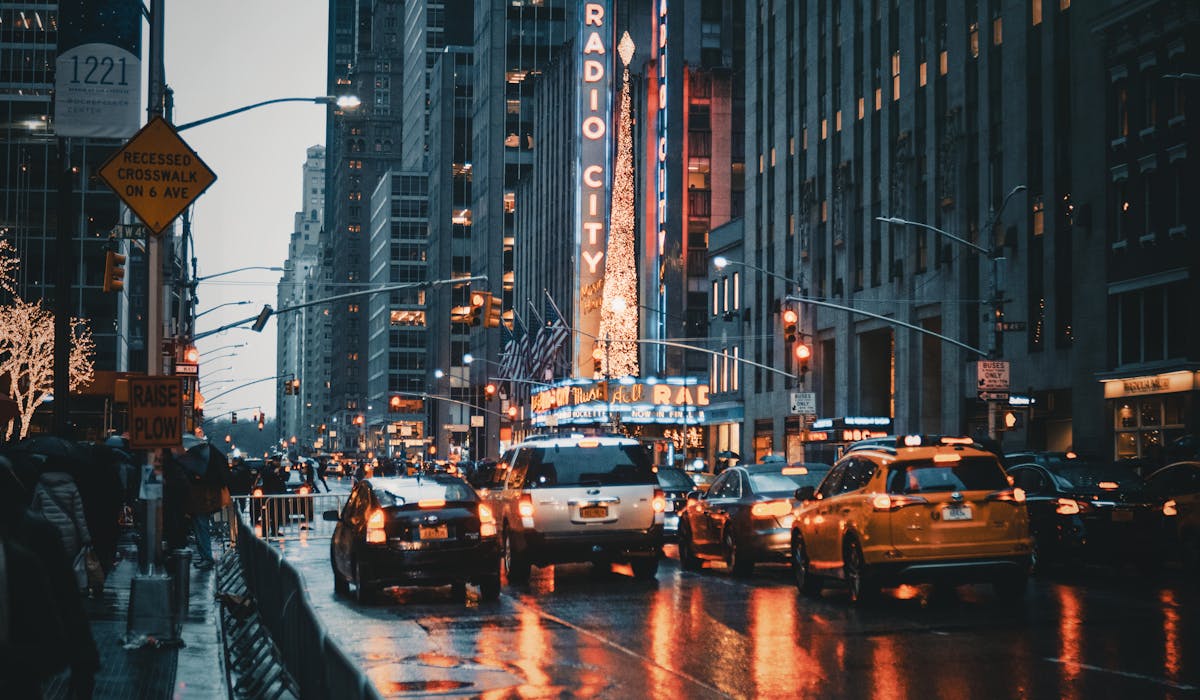Some Known Details About Framing Streets
Some Known Details About Framing Streets
Blog Article
Framing Streets for Dummies
Table of ContentsThe Ultimate Guide To Framing StreetsFascination About Framing StreetsOur Framing Streets DiariesFraming Streets Fundamentals ExplainedSome Known Incorrect Statements About Framing Streets Things about Framing Streets
, typically with the objective of capturing images at a definitive or emotional minute by careful framing and timing. https://hearthis.at/framingstreets1/set/framing-streets/.
, that was influenced to carry out a comparable documentation of New York City. As the city established, Atget aided to advertise Parisian roads as a deserving topic for photography.

More About Framing Streets
The chief Mass-Observationists were anthropologist Tom Harrisson in Bolton and poet Charles Madge in London, and their first record was produced as anchor guide "May the Twelfth: Mass-Observation Day-Surveys 1937 by over 2 hundred onlookers" [] Home window cleaner at Kottbusser Tor, Berlin, by Elsa Thiemann c. 1946 The post-war French Humanist College photographers located their subjects on the street or in the diner. Andre Kertesz.'s extensively admired Images la Sauvette (1952) (the English-language edition was labelled The Definitive Moment) advertised the idea of taking a picture at what he called the "crucial moment"; "when type and material, vision and structure merged right into a transcendent whole" - Street photography.
Facts About Framing Streets Revealed
The recording machine was 'a hidden cam', a 35 mm Contax concealed below his layer, that was 'strapped to the upper body and attached to a lengthy wire strung down the best sleeve'. His job had little contemporary impact as due to Evans' level of sensitivities concerning the originality of his task and the privacy of his topics, it was not released till 1966, in the book Lots of Are Called, with an introduction created by James Agee in 1940.
Helen Levitt, after that an educator of little ones, related to Evans in 193839. She documented the temporal chalk illustrations - vivian maier that belonged to children's road culture in New York at the time, along with the children who made them. In July 1939, Mo, MA's brand-new digital photography section consisted of Levitt's job in its inaugural eventRobert Frank's 1958 publication,, was significant; raw and often out of emphasis, Frank's pictures examined mainstream digital photography of the time, "tested all the official policies laid down by Henri Cartier-Bresson and Pedestrian Evans" and "contradicted the wholesome pictorialism and genuine photojournalism of American magazines like LIFE and Time".
Report this page